Yingbo Wu
FedSA: A Unified Representation Learning via Semantic Anchors for Prototype-based Federated Learning
Jan 09, 2025Abstract:Prototype-based federated learning has emerged as a promising approach that shares lightweight prototypes to transfer knowledge among clients with data heterogeneity in a model-agnostic manner. However, existing methods often collect prototypes directly from local models, which inevitably introduce inconsistencies into representation learning due to the biased data distributions and differing model architectures among clients. In this paper, we identify that both statistical and model heterogeneity create a vicious cycle of representation inconsistency, classifier divergence, and skewed prototype alignment, which negatively impacts the performance of clients. To break the vicious cycle, we propose a novel framework named Federated Learning via Semantic Anchors (FedSA) to decouple the generation of prototypes from local representation learning. We introduce a novel perspective that uses simple yet effective semantic anchors serving as prototypes to guide local models in learning consistent representations. By incorporating semantic anchors, we further propose anchor-based regularization with margin-enhanced contrastive learning and anchor-based classifier calibration to correct feature extractors and calibrate classifiers across clients, achieving intra-class compactness and inter-class separability of prototypes while ensuring consistent decision boundaries. We then update the semantic anchors with these consistent and discriminative prototypes, which iteratively encourage clients to collaboratively learn a unified data representation with robust generalization. Extensive experiments under both statistical and model heterogeneity settings show that FedSA significantly outperforms existing prototype-based FL methods on various classification tasks.
Spatial-Temporal Dynamic Graph Attention Networks for Ride-hailing Demand Prediction
Jun 07, 2020
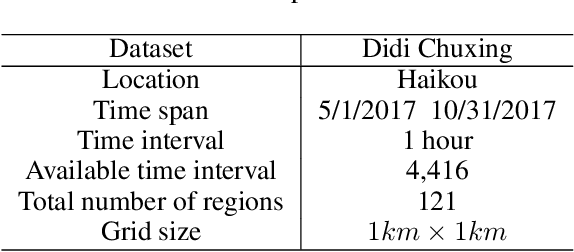
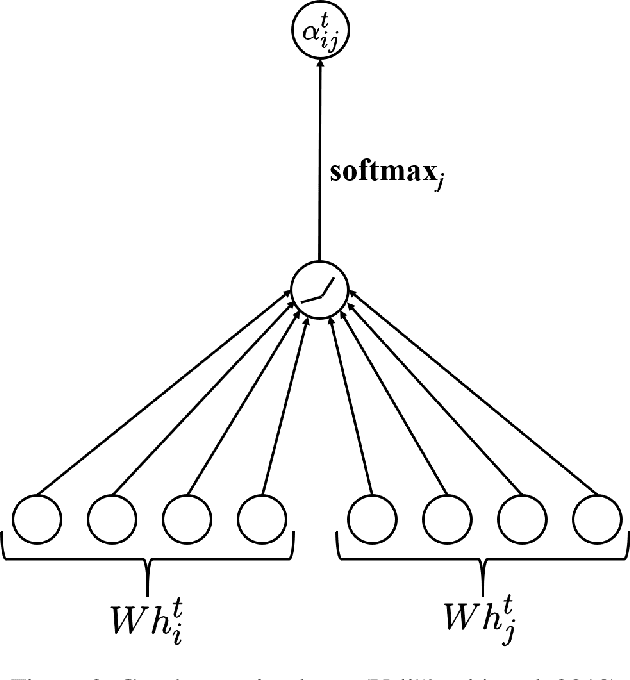
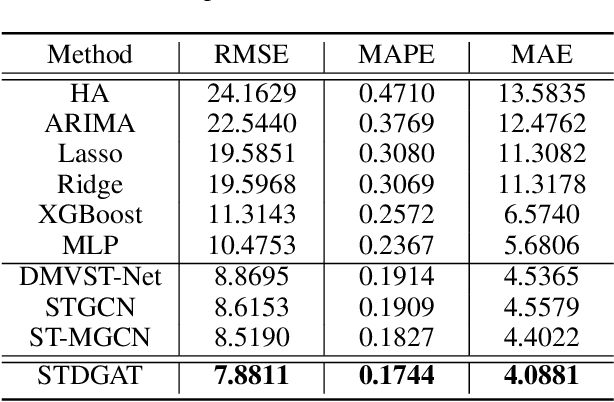
Abstract:Ride-hailing demand prediction is an important prediction task in traffic prediction. An accurate prediction model can help the platform pre-allocate resources in advance to improve vehicle utilization and reduce the wait-time. This task is challenging due to the complicated spatial-temporal relationships among regions. Most existing methods mainly focus on Euclidean correlations among regions. Though there are some methods that use Graph Convolutional Networks (GCN) to capture the non-Euclidean pair-wise correlations, they only rely on the static topological structure among regions. Besides, they only consider fixed graph structures at different time intervals. In this paper, we propose a novel deep learning method called Spatial-Temporal Dynamic Graph Attention Network (STDGAT) to predict the taxi demand of multiple connected regions in the near future. The method uses Graph Attention Network (GAT), which achieves the adaptive allocation of weights for other regions, to capture the spatial information. Furthermore, we implement a Dynamic Graph Attention mode to capture the different spatial relationships at different time intervals based on the actual commuting relationships. Extensive experiments are conducted on a real-world large scale ride-hailing demand dataset, the results demonstrate the superiority of our method over existing methods.
STDI-Net: Spatial-Temporal Network with Dynamic Interval Mapping for Bike Sharing Demand Prediction
Jun 07, 2020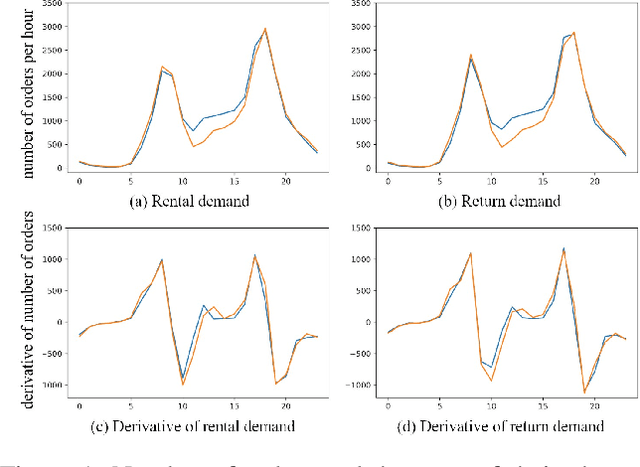
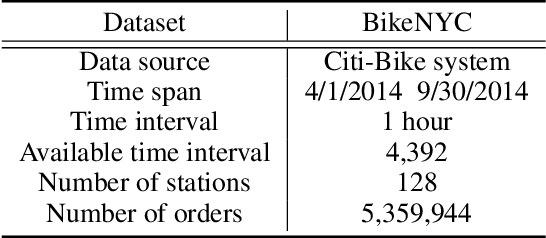
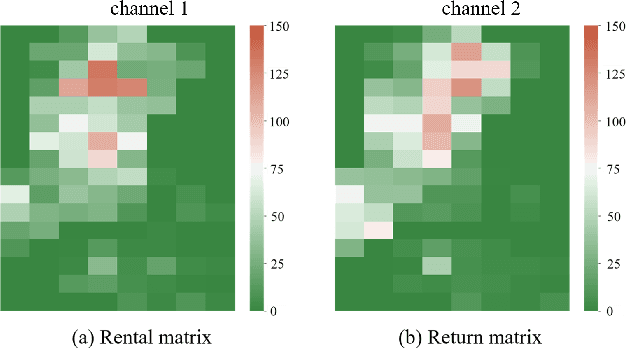
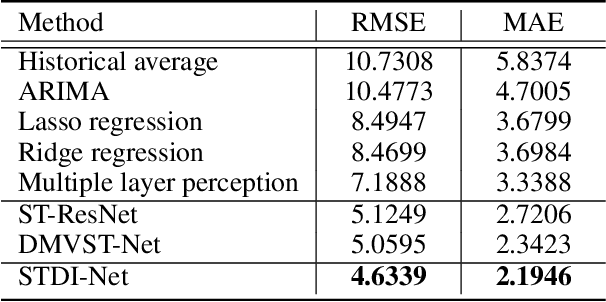
Abstract:As an economical and healthy mode of shared transportation, Bike Sharing System (BSS) develops quickly in many big cities. An accurate prediction method can help BSS schedule resources in advance to meet the demands of users, and definitely improve operating efficiencies of it. However, most of the existing methods for similar tasks just utilize spatial or temporal information independently. Though there are some methods consider both, they only focus on demand prediction in a single location or between location pairs. In this paper, we propose a novel deep learning method called Spatial-Temporal Dynamic Interval Network (STDI-Net). The method predicts the number of renting and returning orders of multiple connected stations in the near future by modeling joint spatial-temporal information. Furthermore, we embed an additional module that generates dynamical learnable mappings for different time intervals, to include the factor that different time intervals have a strong influence on demand prediction in BSS. Extensive experiments are conducted on the NYC Bike dataset, the results demonstrate the superiority of our method over existing methods.
 Add to Chrome
Add to Chrome Add to Firefox
Add to Firefox Add to Edge
Add to Edge